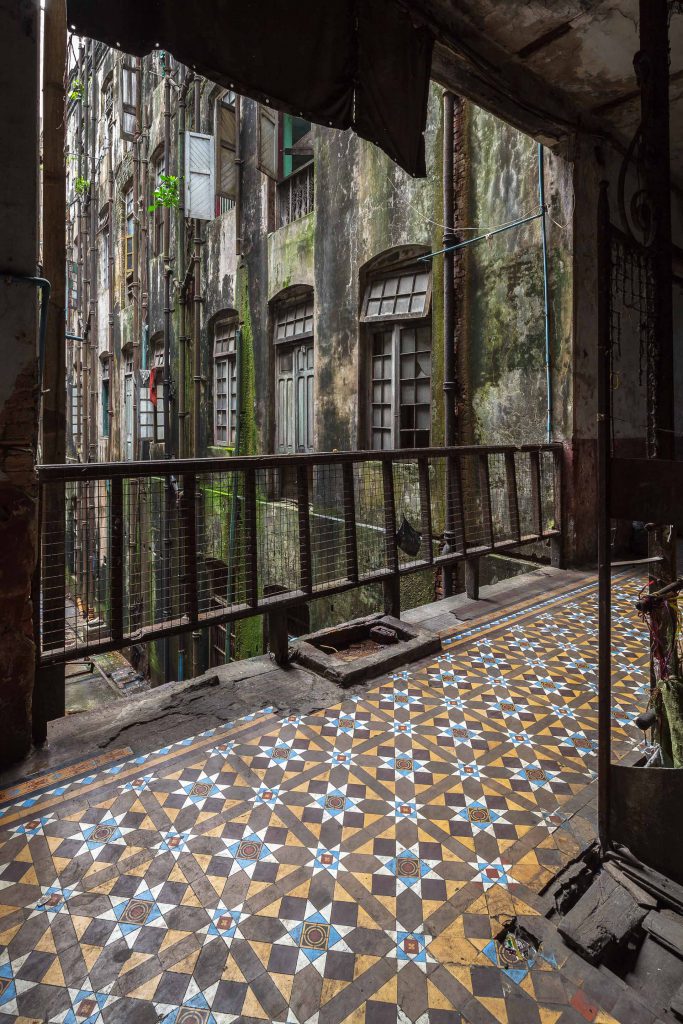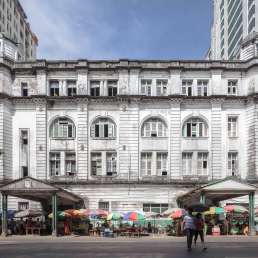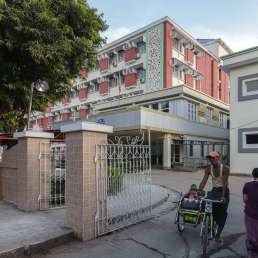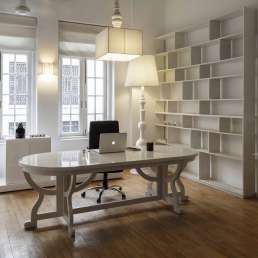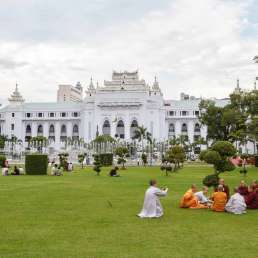Address: 62 Pansodan Street
Year built: 1906
Architect: Thomas Swales and Isaac Sofaer
Few buildings evoke old Rangoon quite like Sofaer’s Building. This imposing edifice is in a fairly decrepit state today but still—despite the years, weeds and grime—retains the grandeur of its young glory days. The four-storey structure occupies the whole width of the block between Pansodan and 37th Street; it concludes the rich stretch of colonial-era architecture on Lower Pansodan Street. Its cream yellow façade features rich ornamentations. These are deteriorating and covered in soot. Its striking dome towers over Pansodan Street. You will also notice a veranda adjoining the top-floor flat, added by a lady who has lived inside the dome for the past 40 years. It affords arresting views of Rander House across the street. While the Sofaer’s exterior could do with a high-pressure clean and a lick of paint, the extent of the building’s structural decay is even more obvious inside. The courtyard is now a light shaft and rubbish dump. The ceiling is moulding in places.
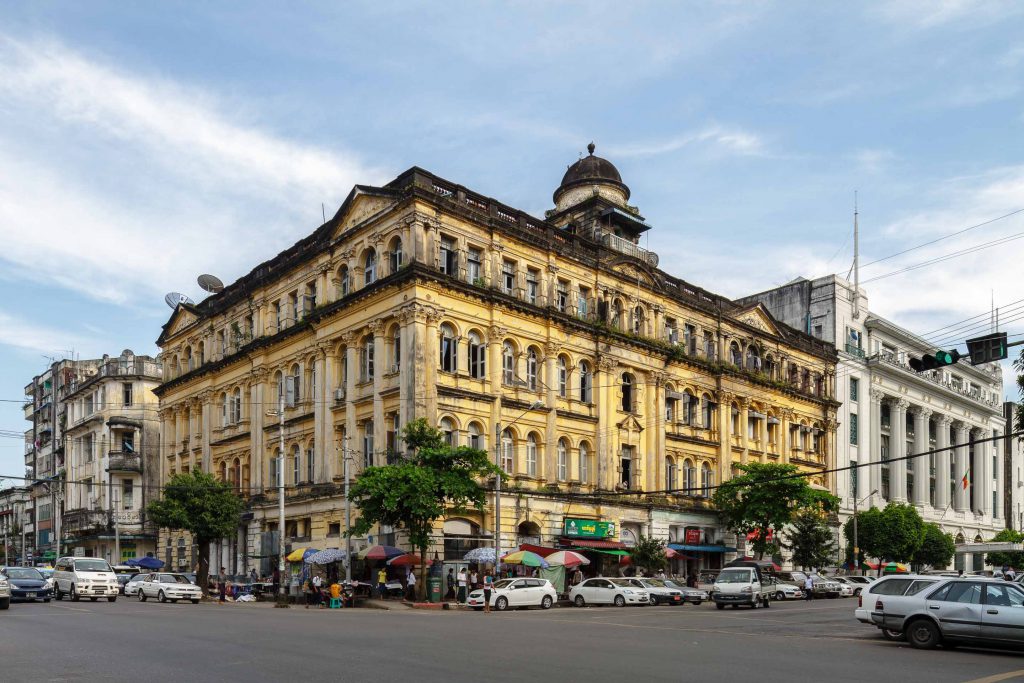
But Sofaer’s Building is as bustling as it was in its heyday 100 years ago. And it is seeing some partial renovations. On the ground floor along Merchant Road, an elegant Japanese yakitori restaurant, Gekkô, has opened its doors. It was designed by SPINE Architects. When Gekkô’s owner, Nico Elliott, paid a stately sum upfront to take possession of the venue, he discovered a 1.5 metre deep pile of sewage. This took one month and plenty of manual labour to remove. Next door is a branch of KBZ Bank, which decided to split the ground floor into two levels—a highly, let’s say, unorthodox take on heritage conservation. In fact, during renovation works, KBZ started to remove the original tiles, which were reportedly imported from Manchester. The Lokanat Galleries, which feature regular exhibitions of contemporary art, are on the first floor. The galleries opened in 1971, making them one of the most established non-profit organisations in Myanmar. Lokanat represents 21 artists today. Its motto, “Truth, Beauty, Love”, has vaguely Orwellian connotations. A makeshift teahouse occupies the hallway on the second floor. The building also hosts a basic guest house on the second and third floors, as well as a few government offices and residential units. The whole set-up on the upper floors feels pretty informal and the staircases become more and more fragile as you rise through the building.
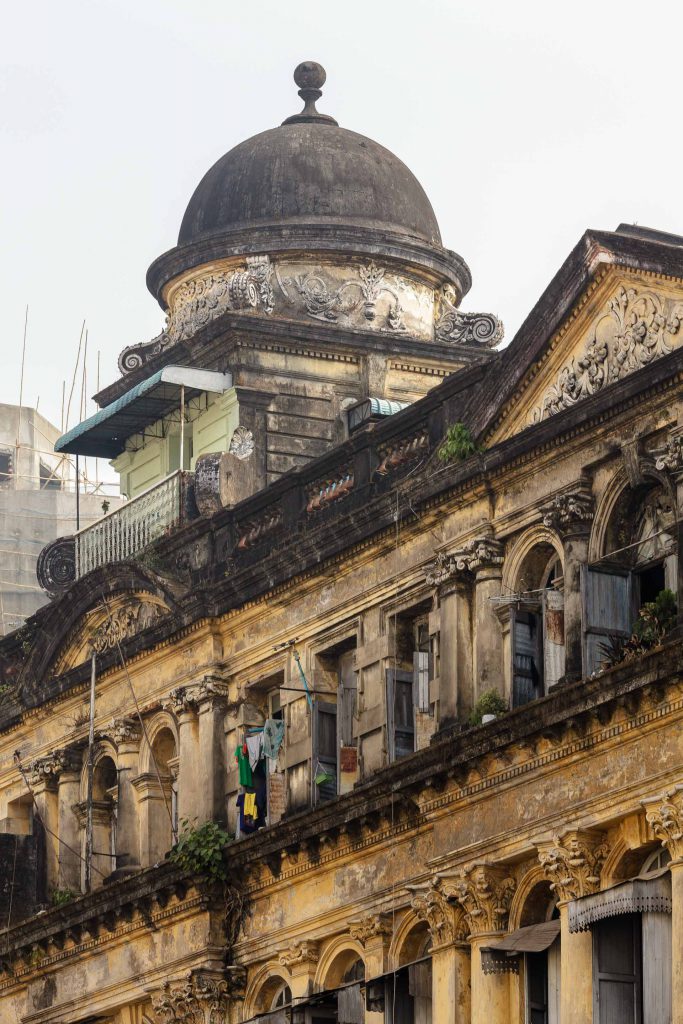
Isaac and Meyer Sofaer were Baghdadi Jews who came to Rangoon as boys. They set up a trading business together in the late 19th century importing alcohol and specialty foods. Their building opened in 1906. Isaac Sofaer, who was also an architect, made the drawings together with Thomas Swales. By then Swales had already left quite an imprint on Rangoon despite only being in his early thirties. He designed today’s British Embassy, the extensions to the former St Paul’s English School in Botataung and the former Fytche Square Building.
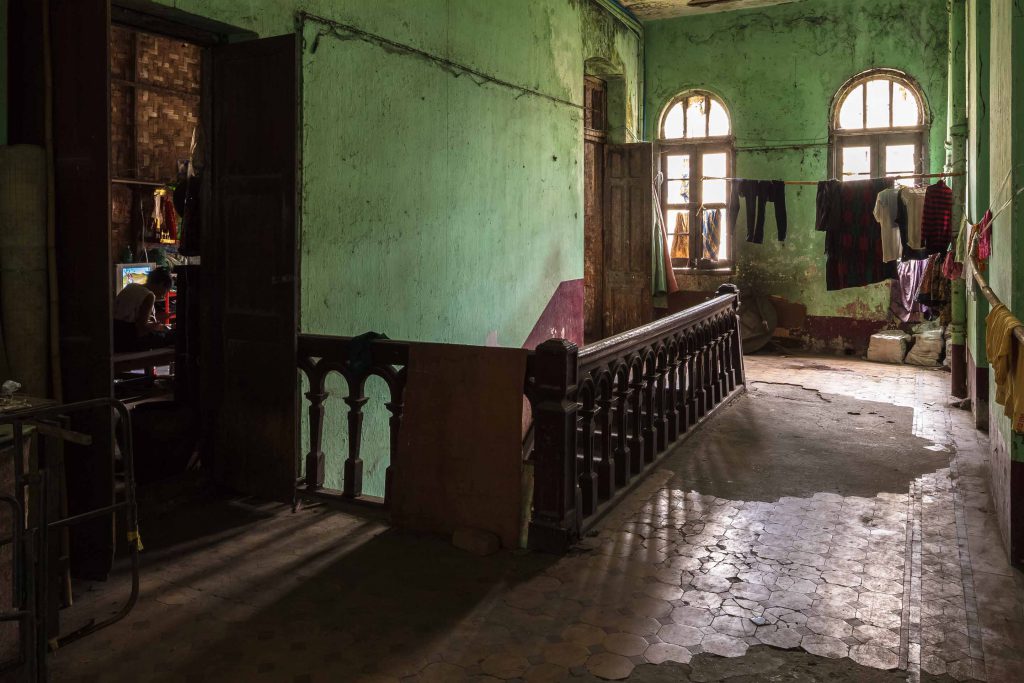
The opening ceremony of Sofaer’s Building was a major event that year. The Governor-General of Burma presided over the proceedings and inaugurated the building by opening its doors with a set of golden keys. Sofaer’s Building instantly became one of the city’s most prestigious commercial addresses. Tenants included the news agency Reuters, Bank of Burma and China Mutual Life Insurance Company. There were also fine liquor and commodity purveyors. The building featured one of the first electric lifts—only the shaft, cluttered with debris, remains today. The original floor tiles remain throughout the building. (They look their best inside Gekkô, where they’ve received a good scrub.) The steel beams were manufactured in Scotland. Like in nearby Balthazar’s Building, the beams were erected and supplied by engineers Howarth Erskine. No definite plans exist for the future of Sofaer’s Building—its fate is complicated by the fact that several parties own it, as is the case for other buildings around the city. More commercial redevelopments are under way on the ground floor. A full renovation, sooner rather than later, is what this magnificent building deserves.
